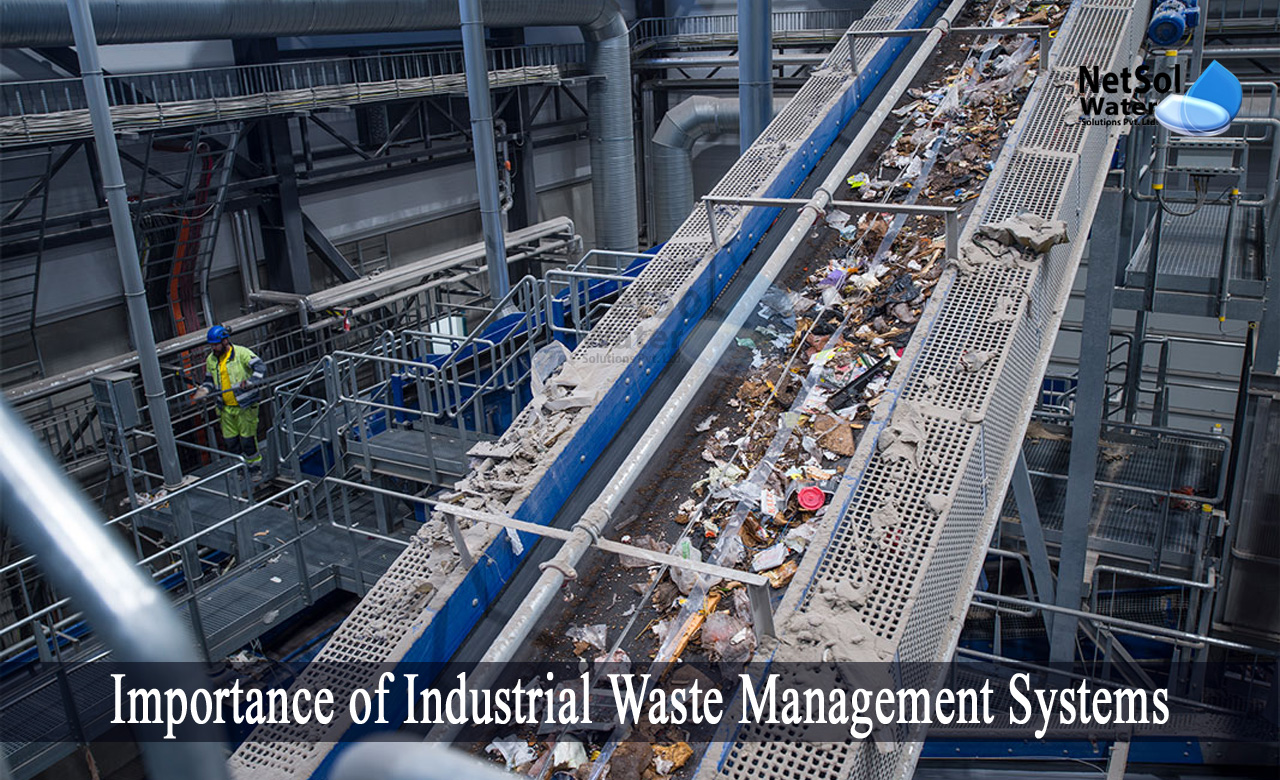5 Simple Techniques For Reclaim Waste
5 Simple Techniques For Reclaim Waste
Blog Article
Reclaim Waste Can Be Fun For Everyone
Table of ContentsNot known Details About Reclaim Waste Some Known Details About Reclaim Waste More About Reclaim WasteSome Known Details About Reclaim Waste The Best Strategy To Use For Reclaim Waste
Domestic sewer waste refers to the waste and products from a residential septic container. The correct administration and disposal of domestic sewage waste call for fluid waste to be moved to a sewage treatment plant where the correct methods and equipment are used to purify and dispose of waste.
Commercial waste often includes potential risks, such as combustible products or a mix of liquid and solid waste items, and requires an extra advanced and in-depth disposal procedure. The disposal of commercial waste usually entails the filtration of waste prior to transportation to ensure risk-free and proper disposal. Hazardous waste is created from byproducts and overflow of commercial processes and production.
This kind of waste can not make use of the exact same sewage monitoring transport or processes as septic or business liquids. The commercial waste monitoring procedure calls for the examination and screening of fluid waste prior to it goes through the disposal process (industrial wastewater treatment). Overflow waste is the fluid waste that comes from runoff and excess stormwater in highly inhabited areas or cities
Drainage waste can create contamination and flooding if not taken care of correctly. Guaranteeing appropriate waste monitoring can protect against catastrophes and minimize environmental injury.
The 10-Minute Rule for Reclaim Waste
Get in touch with PROS Providers today to find out about our waste administration and disposal solutions and the correct means to take care of the liquid waste you generate.
(https://www.anyflip.com/homepage/imqzz#About)Do you recognize what happens to your water when you end, purge the toilet or drain pipes the washing device? No? Well, it deserves knowing. This so-called 'wastewater' is not only a crucial source however, after treatment, will be released to our land, waterways or the sea. Utilized water from commodes, showers, baths, kitchen sinks, washings and commercial procedures is referred to as wastewater.

water used to cool equipment or check clean plant and devices). Stormwater, a type of wastewater, is runoff that flows from farming and metropolitan areas such as roof coverings, parks, gardens, roadways, paths and seamless gutters right into stormwater drains pipes, after rain. Stormwater streams untreated straight to neighborhood creeks or rivers, ultimately reaching the ocean.
Little Known Questions About Reclaim Waste.
In Queensland, the majority of wastewater is dealt with at sewage therapy plants. Wastewater is carried from residential or industrial sites with a system of sewers and pump terminals, recognized as sewage reticulation, to a sewage treatment plant. City governments develop, keep and run most sewage therapy plants. Operators are certified under the Environmental Security Act 1994 to discharge cured wastewater at an appropriate ecological criterion into waterways.
The Division of Natural Resources advises city governments about managing, operating and maintaining sewerage systems and treatment plants. In unsewered areas, city governments might need homeowners to set up individual or house sewage treatment systems to deal with domestic wastewater from commodes, kitchens, washrooms and washings. The Division of Natural Resources authorizes the usage of household systems when they are verified to be reliable.
In some brand-new class, treatment of some stormwater to remove litter, sand and gravel has started using gross toxin catches. Wastewater treatment happens in 4 phases: Eliminates strong issue.
Uses tiny living microorganisms knows as micro-organisms to damage down and get rid of staying liquified wastes and fine fragments. Micro-organisms and wastes are integrated in the sludge.
Little Known Facts About Reclaim Waste.
Nutrient removal is not available at all sewer therapy plants due to the fact that it calls for costly specialist devices. Clear liquid effluent produced after treatment might still have disease-causing micro-organisms - liquid waste disposal.

This generally suggests wastewater has actually to be treated or contaminants gotten rid of prior to it can be discharged to waterways. Many wastewater streams right into the sewage system. Under the Act, local federal governments administer authorizations and permits for ecologically appropriate activities (Periods) entailing wastewater launches that might have a regional effect. The department provides approvals and permits to Ages involving wastewater launches that may have a local or statewide effect.
Reclaim Waste for Dummies
Monitoring offers accurate info concerning water top quality and can validate that permit conditions are being met. The info acquired with surveillance offers the basis for making water quality decisions.
Report this page